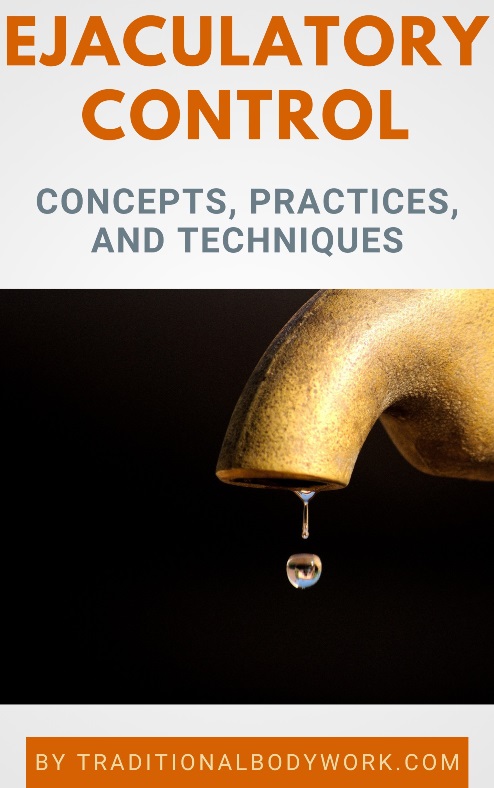
Male circumcision is the surgical removal of the skin that covers the glans (head or tip) of the penis. Around one third of men globally are circumcised, which makes it perhaps the most commonly applied surgical procedure.

Circumcision is mostly performed with newborns, but culturally, religiously, traditionally, medically (for instance in case of a tight foreskin) or cosmetically it may also be performed at a later age, such as for young adults and adults.
A circumcised penis can have a variety of benefits, which include better hygiene, decreased risk of Urinary Tract Infections (UTI), decreased risk of sexually transmitted infections, prevention of penile problems, and decreased risk of penile cancer.
It’s also claimed that it improves sexual function and sexual pleasure, such as an easier and harder erection, increased penile sensation, improved aesthetics, while resolving Premature Ejaculation (PE). Nevertheless, these benefits are not universally agreed on.
Circumcision can have some risks, such as penile injury, herpetic infection, painful erections, and penile pains.
In any case, for men who want penis enlargement through implants or fillers, it’s often preferred to first circumcise the penis to avoid “migration” of material into the foreskin, which can have a range of unwanted consequences.

















